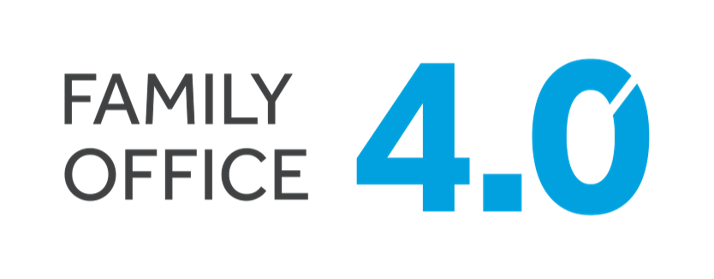The COA creates a solid structure for the family office’s accounting system. But its full benefit is realized only by incorporating the best practices in recording transactions.
While families normally have a reasonable understanding of their income, the full scope and magnitude of expenses is not always clear. This applies to both investment-related as well as personal expenses. By focusing on just the income, they see only half of the picture.
Tracking investment-related expenses is crucial for calculating net return on investments. The potential for tax deductibility of expenditures must also be considered and accounted for.
The family should also track personal, office and other spending. This is a precursor to better decision making on one’s cash flow and long-term financial planning.
Balance Sheet and Income Statement
Income and expense should be recorded on an accrual or cash basis as per applicable accounting standards. Then it must be reconciled against actual realization and incurrence respectively. Such recording and monitoring must happen on a weekly basis. Where discrepancies exist, it is important to follow up promptly.
Appendix 1 contains the standard operating practices that an accountant should follow to accurately journalize and reconcile key transactions.
Capital transactions involving fixed assets and notional charges such as depreciation are an important part of running a family office too. Appendix 2 contains the standard operating practices for fixed assets procurement, disposal, physical verification and depreciation.
Regular broker, custodian and bank reconciliations are an essential part of data verification and controls. Standard procedures around them can be found in Appendix 3.
Essential activities around financial period closings and reporting are included in Appendix 4.
Statement of Cash Flows
A statement of cash flows should be prepared periodically (at least monthly) to estimate funds required for the period. It should be prepared for 3 months on a rolling basis to provide better information to support investment decisions.
The statement should consist of funds expected to be received (inflow) and expected pay-outs (outflow). The inflow should include income and maturity of investments. The outflow should include expenses for the period. Details of inflow and outflow should be obtained from those with knowledge, verified by the accounts team and approved by the head of accounts.
The forecasted statement of cash flows should be compared with the actual cash flow statement for the period. Any large variances warrant a root-cause analysis for discrepancies and resolution.





